Only Murders in the Building
- 8.1
- Drama
- 1920
- 45m
- 14+
follows three unlikely neighbors — played by Steve Martin, Martin Short, and Selena Gomez — who create a true-crime podcast while solving murders inside their Manhattan apartment complex. A witty, heartfelt blend of mystery, comedy, and friendship wrapped in New York charm.


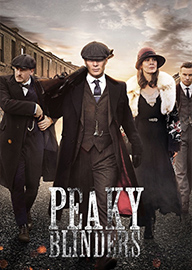



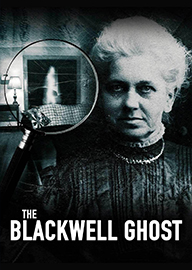
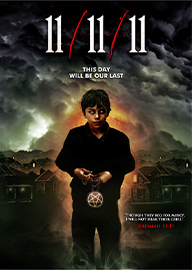


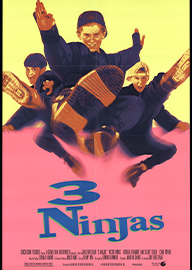


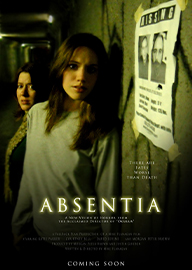
Comments
0Reviews
0Summery
1Please sign in to comment.
Please sign in to review.
In the grand old Arconia building rising over Manhattan’s Upper West Side, three people who barely know one another find themselves bound by an unexpected murder and a shared obsession with true-crime podcasts. Charles-Haden Savage, once a television detective whose show has long been canceled, carries the quiet loneliness of a man out of sync with time. Oliver Putnam, a flamboyant Broadway director who hasn’t had a hit in years, hides his fear of failure behind jokes and scarves. Mabel Mora, young, sharp, and haunted by the ghosts of childhood friends, is renovating her aunt’s apartment and pretending not to notice how fractured her life has become. When a fire alarm empties the Arconia and a resident is later found dead, the three cross paths in the lobby, their curiosity sparking something neither grief nor police tape can smother.
Drawn together by equal parts boredom, suspicion, and hunger for meaning, they launch their own investigation and record a podcast titled Only Murders in the Building. The microphones capture not only clues but also the humor and ache of their mismatched companionship. Each hallway becomes a stage, each whisper of gossip a lead, and New York itself hums like a living character — elegant, eccentric, and full of secrets. As they peel back layers of deceit inside the Arconia’s ornate walls, they also peel back layers of themselves. The mystery sharpens their edges, but the friendship softens them, transforming fear into trust. The show’s humor lies in timing; its heart lies in loneliness meeting purpose. By the time the first case closes, the audience has already fallen for their odd rhythm — Oliver’s flamboyance, Charles’s stiffness, Mabel’s quiet fire — the rhythm of people learning that connection can be its own revelation.
Seasons Two and Three turn the series from novelty to emotional resonance. A new murder upends the fragile calm, forcing the trio to question what fame and amateur sleuthing have cost them. Their podcast’s success lures attention from fans, police, and possible suspects. The Arconia becomes both sanctuary and trap; its gilded corridors echo with podcasts recorded in secret and arguments about loyalty. We see the trio evolve — Charles struggling with love and legacy, Oliver battling artistic drought, Mabel confronting trust after loss. Each episode layers comedy and melancholy, balancing screwball banter with genuine suspense. New York’s winter streets glitter below their windows, hinting that every lighted apartment hides its own story. The blend of humor, humanity, and homicide keeps the series vibrantly alive, turning true-crime parody into something tender and self-aware.
By the time the curtain lifts on later seasons, the show has become a study of storytelling itself: how people narrate their lives to make sense of chaos. A murder mystery morphs into a portrait of friendship, aging, and creative rebirth. When microphones crackle and theme music hums, Only Murders in the Building reminds viewers why stories matter — they hold communities together, even the eccentric kind that live on the Upper West Side. The series closes each season with the city still breathing outside the windows, with laughter brushing against grief, and with the sense that there will always be another story waiting just beyond the next locked door.